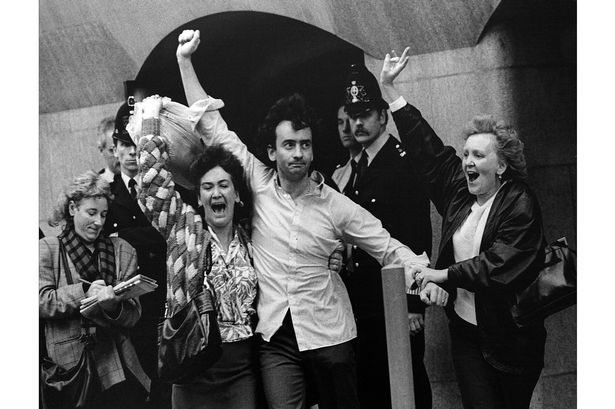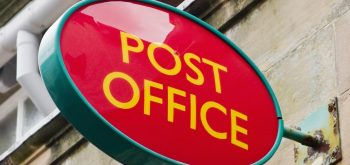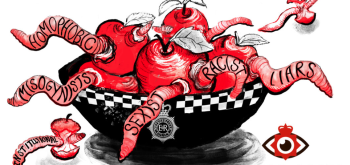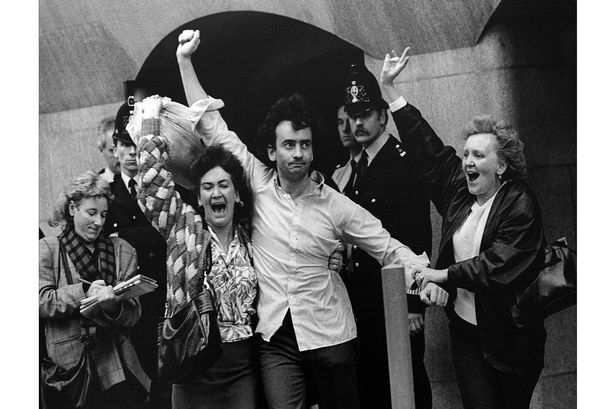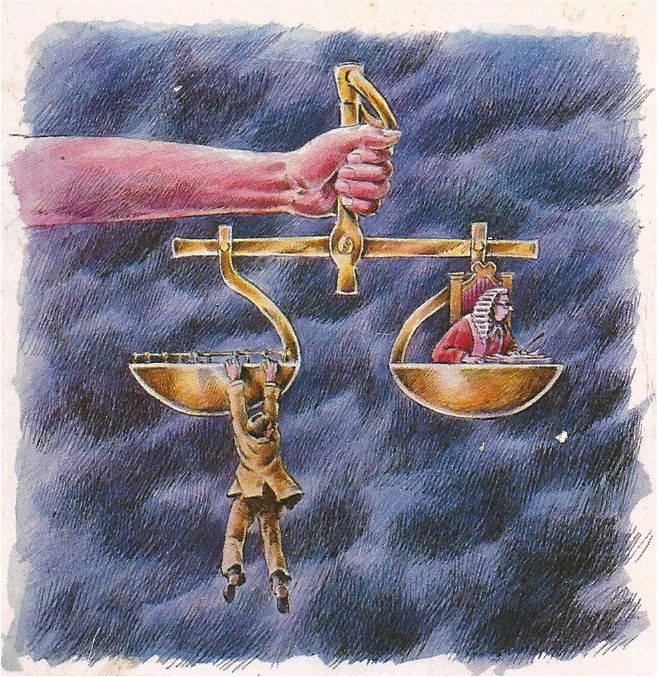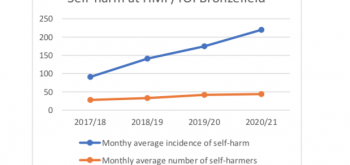On October 5, 1974 two public houses in Guildford, Surrey were bombed by the IRA without warning causing five deaths and over 60 injuries of varying severity. The bombs were placed in the pubs with timing devices to detonate when the bomb placers were clear of Guildford.
This was the first offence to be committed in Surrey by an active service unit (ASU) of the IRA which had already committed offences in the London metropolitan area and who continued to do so until they were arrested in Balcombe Street, London in December 1975.
Another explosion at a public house in Woolwich, London on November 7, 1974 caused two deaths and a number of injuries of varying severity. This was a thrown device and matched other bombings using the same method of delivery and configuration. The Caterham Arms pub was bombed in August 1975 using the same modus operandi as was used at Guildford.
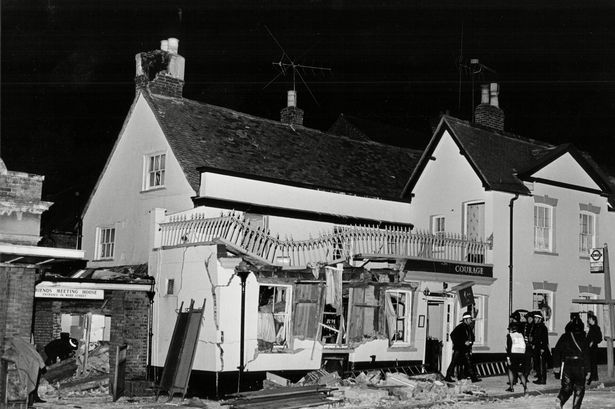 Surrey Police arrested some 46 people including four young people who were subsequently charged with the Guildford and Woolwich offences. They became known as the Guildford Four. Charged with murder and explosive offences they were put on trial based solely on confessions which they testified had been coerced by violence, threats, intimidation and other unlawful behaviour by the police including urination on their food.
Surrey Police arrested some 46 people including four young people who were subsequently charged with the Guildford and Woolwich offences. They became known as the Guildford Four. Charged with murder and explosive offences they were put on trial based solely on confessions which they testified had been coerced by violence, threats, intimidation and other unlawful behaviour by the police including urination on their food.
However, notwithstanding the accumulated forensic evidence in relation to the various bombings that had taken place in 1974-5 which showed that Guildford and Woolwich were not unique and provided idiosyncratic forensic evidence to tie the offences to the ASU, the police and the prosecution (leading counsel was Sir Michael Havers, the Attorney General) deliberately failed to disclose the evidence which would show not only that the Guildford Four were not guilty of the offences they had been convicted of but that the offences committed by the ASU predated and postdated the arrest of the Guildford Four. That evidence was principally forensic in nature but also derived from fingerprint evidence connected with safe houses occupied by the ASU.
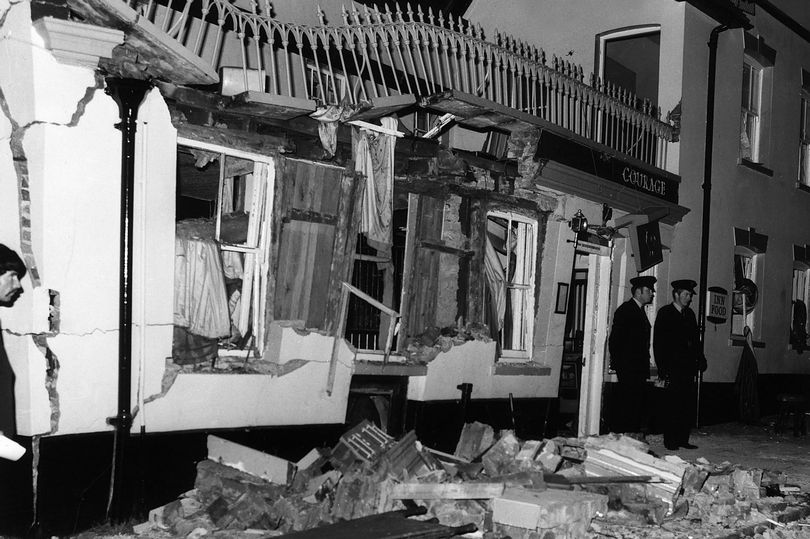 The Guildford Four were released in October 1989 after the Avon and Somerset police had discovered evidence which showed that, as the Lord Chief Justice was to state at the hearing of the appeal when the convictions were quashed, ‘the police must have lied’.
The Guildford Four were released in October 1989 after the Avon and Somerset police had discovered evidence which showed that, as the Lord Chief Justice was to state at the hearing of the appeal when the convictions were quashed, ‘the police must have lied’.
That evidence was never shown to the Guildford Four. In the aftermath of their release the government appointed a public judicial enquiry led by Sir John May, a retired former Lord Justice of Appeal, to enquire into the wrongful convictions of the Guildford Four and the convictions of the Maguire Seven. The Surrey Police had charged Anne Maguire with murder claiming that she was present at Guildford at the time that the bombs were planted as well as being one of the manufacturers of the bombs.
There was no evidence to support that charge and eventually it had to be dropped. In fact, her family including a 13-year-old son and a visitor to her household were convicted of possessing nitroglycerin based on a flawed test carried out by MoD forensic scientists.
The police characterised the Maguire Seven as members of a household containing ‘Aunt Annie’s bomb kitchen’. In fact, there was no evidence to link the Maguire Seven to the Guildford Four apart from a family connection. The Guildford Four were convicted solely on the basis of their (coerced and false) confessions there being no other evidence available on which to convict them. Sir Michael Havers had to work overtime to undo the damage caused by the police characterisation of the Maguire Seven and convince the jury that the prosecution against them was totally unconnected with the successful prosecution of the Guildford Four.
After the release of the Guildford Four proceedings were commenced against three Surrey officers who formed the interviewing team of Patrick Armstrong. The evidence against them was clear and simple. A document which they had produced at the trial of Patrick Armstrong which they claimed to be written contemporaneously with his confession turned out to be the product of two earlier drafts with manuscript amendments showing that the document was a fraud and perjury had been committed.
There were other matters which demonstrated wholesale perjury including the detention sheets recording the detention of the Guildford Four. The original detention sheets were discovered in a file amongst the Surrey Police papers. The detention sheets produced at trial supported the perjured evidence of the officers and had been created by forgery involving no less than 32 officers. There were also records of two interviews of Paul Hill conducted after he had been charged and without any legal representation which the police had denied under oath had ever taken place.
The police officers fought tooth and nail to avoid being put on trial claiming that public awareness of the wrongful conviction of the Guildford Four made it impossible for them to obtain a fair trial. That contention was rejected and they ultimately stood trial and were acquitted in curious circumstances.
The knock-on effect of the delay in trying the officers resulted in Sir John May deciding that he could not deal with his remit in relation to the case of the Guildford Four in public despite the fact that Parliament had set up a Public Inquiry. This resulted in none of the Guildford Four or their legal teams being permitted to take part or to receive documentation in relation to that aspect of his Inquiry which he conducted in secret. When the May Inquiry concluded the papers relating to it were deposited at The National Archives in 1994 marked to remain closed to public scrutiny until January 2020.

Alastair Logan: the Guildford Four’s lawyer
Freedom of Information Act applications were made to examine the files that were closed. A maximum of three files could be requested at any time. An assessment was made and if it were decided that the files could be opened for public examination they were opened. However apart from transcripts of the oral evidence of certain police officers to The May Inquiry and some miscellaneous files, any attempt to open the others was refused.
Suspecting that there was a plan to prevent the opening of any of the files that would cast greater light on this miscarriage of justice, I made an FOI application for the opening of the files that related to the report from the police to Sir John May in relation to the Guildford case. The outcome of the application was a refusal. The grounds for the refusal were:
- The prevention or detection of crime.
- The apprehension or prosecution of offenders
- The administration of justice
- if released, it would endanger the safety of any individual.
- It relates to security matters.
- Safeguarding national security.
It was argued that the information contained within the records remains relevant to investigations, and/or research into current terrorist activity by law enforcement agencies. Further it relates to serious offences that remain unsolved and this could prejudice any case that is reopened for reinvestigation. Disclosure, it was stated, would set a bad precedent for disclosing operationally sensitive information.
It was further argued that some informants had given information in confidence and their lives could be endangered if this information were released. To disclose the identity of the informant and details of the relationship with the police could prejudice the recruitment and employment of informants- a vital device in combating crime and terrorism. The record, they claimed, contained personal and sensitive personal information of a number of identified individuals assumed still to be living. These individuals have a reasonable expectation of privacy which would not include the release of this information into the public domain because it would be likely to cause damage and/or distress and would be in breach of the first data protection principle which is concerned with the fair lawful and transparent processing of information of this kind.
The refusal further stated that the public interest requires that the police are able to carry out any further investigations in the most effective manner and that it would not be in the best interests to release information that could endanger the safety of any individual concerned. The information would need to be protected in order to ensure that future operations are not jeopardised and that allow current security bodies to continue to be effective in protecting the national security of the United Kingdom.
There are a number of observations to be made on these justifications. Firstly, the request related to a police report. This constituted six files out of a total of 777 files. Secondly, the Balcombe Street ASU members were interviewed by me in 1976 and a transcript of those interviews which contained full and frank confessions to the Guildford and Woolwich offences was made contemporaneously.
The details supplied could only have been known to those who had taken part in the commission of the offences. The admissions made were made in the knowledge that the evidence could be used to found a prosecution. The police have been in possession of these confessions since early 1977 and have never sought to prosecute anyone.
The justification offered at the time by the Director of Public Prosecutions was that those who had made confessions were already serving life sentences and it would be a waste of public money to seek to convict them of the Guildford and Woolwich offences at public cost when the sentences they would receive would be no longer than the ones they were currently serving. The justification offered by the Surrey Police sometime later was that they had been advised by the Avon and Somerset Police that they should not prosecute. Quite why the Surrey Police should take advice from another police force on how it should carry out its public duty is not clear.
Thirdly, there are some obstacles to prosecuting those who committed the Guildford and Woolwich offences apart from the fact that 44 years have expired since the information came into the possession of the police and the prosecution service. There is the Good Friday Agreement under which the ASU members who confessed were released. Then there are the letters of comfort issued by the government to those who had reason to suppose that they might be prosecuted for criminal offences in relation to the Troubles (which prevented the prosecution against John Downey from proceeding).
Then there is the fact that the identity of the members of the ASU have been known since early 1975 when two safe houses belonging to the active service unit were discovered after the murder of PC Tibble because fingerprints belonging to 19 people known to be involved in terrorism were discovered in those houses. None of the fingerprints belonged to the Guildford Four nor was there any other connection between the safe houses and the Guildford Four.
A number of warrants were issued in the aftermath of the Guildford bombings seeking extradition of persons known to be in the Republic of Ireland based on the fingerprints found. None of those warrants was ever pursued. Consequently, it can be confidently stated that the police have known the identity of anyone involved with the ASU, who was never arrested, for at least 45 years. Further, police reports relating to the ASU and IRA activity in Great Britain in the period covered by the operations of the ASU have been in the public domain for some time having been supplied to journalists by the police. Lastly, if there were any truth in the assertion that individuals would be at risk if the information were made public could be dealt with quite satisfactorily by redaction.
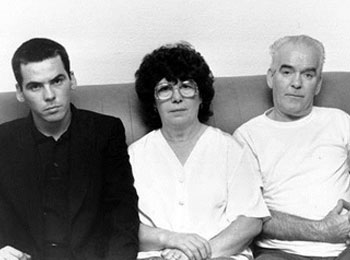
Anne Maguire, husband Patrick – and Patrick Jr, then 28 years old
It is hardly credible that after this passage of time national security is still engaged, that the information relates to national security at all after 46 years, and that the administration of justice is in any way adversely affected – unless, of course, by revealing the parts played by those involved in this miscarriage of justice the reputations of those involved, their offices and forces would thereby be damaged.
It would seem more likely that these justifications (which the law does not permit anyone to check) relate to salvaging reputations. A good reputation signals a high level of integrity, which is the result of consistently acting in accordance with expressed values and in compliance with the law. The trust lost as a consequence of a miscarriage of justice caused by criminal, unacceptable and inappropriate behaviour is seriously damaging to the reputation of the criminal justice system as a whole. Transparency, honesty and a willingness to accept the lessons that can be learned from a case like this lie at the heart of restoring or salvaging reputations that have been tarnished.
Not content with the refusal of the FOI request, I made a further FOI request to establish the state and condition of the May Inquiry files after hearing that Surrey Police had seized files lodged in the Surrey History Centre by a former senior officer in the Surrey Police and were intent on destroying the seized material.
This request revealed that the Home Office had seized May Inquiry files in November 2019 for the purposes of carrying out a ‘sensitivity review’. The files remain in the hands of the Home Office. Moreover, the FOI response revealed that the files have now been closed for between 75 and 100 years from 1994. Obviously, it is unlikely that anyone with a thorough understanding and knowledge of the case will be alive when those files are eventually opened, assuming that they ever are because the power lies to continue to keep them closed. Another concern is that there is no independent index of the contents of those files as the only reference to content on the TNA website was in very general terms as to category and none for content. So, any addition, alteration, removal or destruction of the contents cannot be checked. Surrey Police have been tasked with the collation of all material whoever holds it, relating to the Guildford Bombings for the purposes of the re-opened Inquest into the deaths in 1974. Counsel for the Surrey Police told Mr Richard Travers, the Surrey Coroner, in February 2020 that no documents would be destroyed or withheld. That, too, is impossible to check.
The families of the deceased have been refused legal aid so despite their ‘interested party’ status they have no legal representation and could not possibly act as a check on the collation and completeness of the material. A challenge by their solicitors arguing that there is a conflict of interest in Surrey Police carrying out this task was dismissed out of hand. Their status as interested parties is rendered meaningless and destroyed by the lack of legal representation. Meanwhile the Coroner, the Surrey Police, the MOD, the Home Office, the Attorney General and the DPP are being represented by leading and junior counsel at (vast) public expense. The Ministry of Justice has recently (2019) held a review of legal aid for inquests.
One of the questions that the Ministry of Justice considered was whether families should be entitled to legal aid, if public organisations such as the police or Government departments were represented by lawyers at the same inquest. It decided that it would be too expensive to provide legal aid for families at inquests.
Those who lost loved ones or who were injured in the explosions were completely disregarded in the aftermath of the bombings. Some of the injured were not even interviewed. They were told a lie when the Guildford Four were convicted. They were not told that the real perpetrators admitted voluntarily their involvement on arrest in 1975 but the Metropolitan Police and the Surrey Police failed to interview them about the Guildford Bombings even though they had the idiosyncratic evidence and their admissions.
Lord Imbert, the former Commissioner of the Metropolitan Police and a senior officer in the Bomb Squad in 1974/5, told Sir John May that he did not further interview the ASU members because they were ‘surly’. Surrey Police told May that they did not do any interviews because they thought the Met were going to do so despite the fact that the Guildford Bombings were their responsibility as was the Caterham Arms bombing about which they did interview the ASU.
*
The families were not told that I interviewed the ASU members and they gave me full admissions with detail that could only be known by the perpetrators. They were not told that the DPP refused to prosecute them because of the cost and the fact that they were already serving life sentences. The Inquest into the deaths was adjourned and forgotten about.
Now they are just treated as nobodies in a hugely expensive exercise gagged and prevented from taking part effectively by the lack of legal aid. The close relatives of the person who has died are claimed to have a special status in coronial law. The reality is different.
The case against the Guildford Four involved massive failure to disclose evidence, the disappearance of material evidence, perjury, conspiracy to pervert the course of justice and perversion of the course of justice, forgery, criminal behaviour towards people in detention, withholding and concealment of the alibi evidence in relation to Gerard Conlon, witness tampering, concealment of evidence, misuse of the powers under the Prevention of Terrorism Act to intimidate alibi witnesses and destroy their credibility, threatening and interfering with witnesses, fabrication of evidence and conspiracy.
With that background and the failure to bring anyone to account for the causes of the miscarriage, is it any wonder that there are concerns that the whole truth may never see the light of day?


